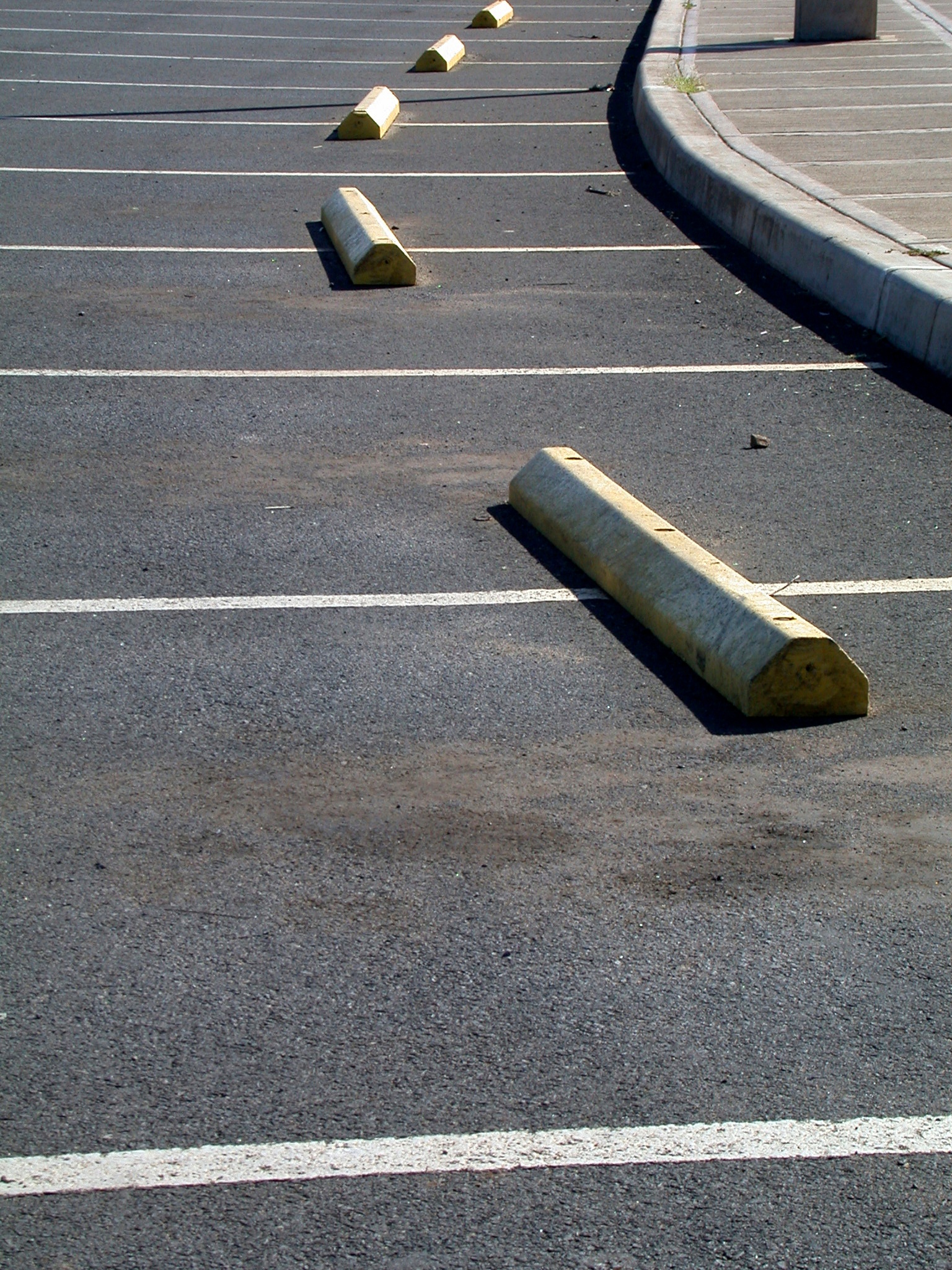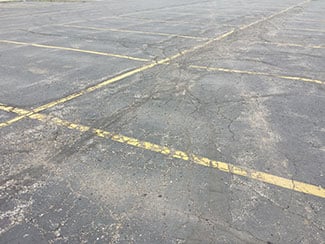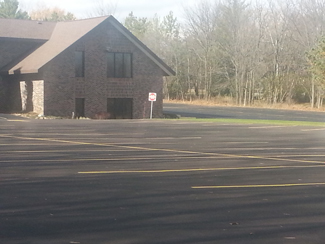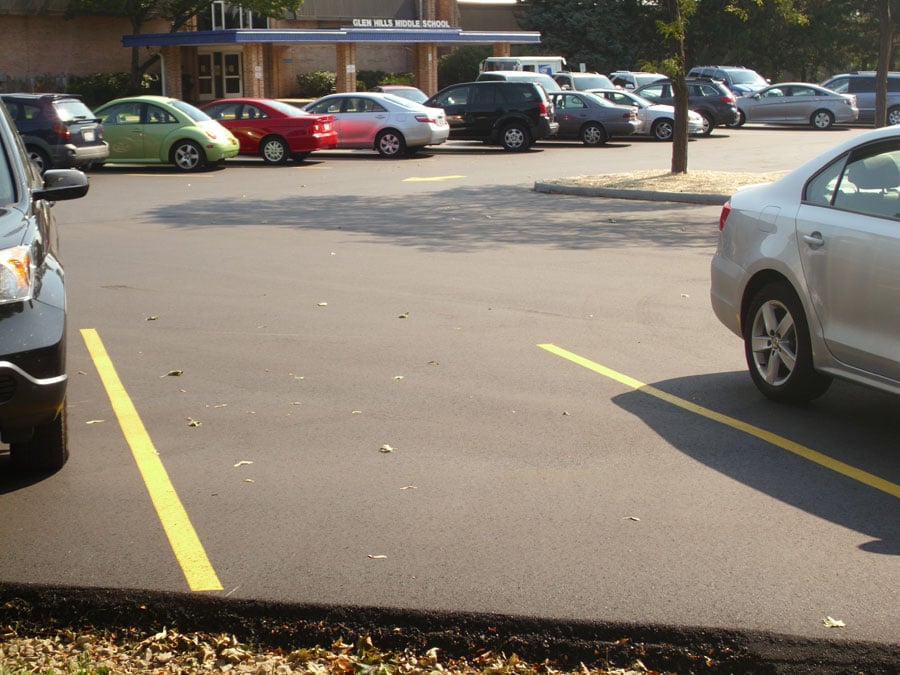School may be out for the summer, but it is the perfect time for schools to consider repaving and repairing the school parking lot. Large paving projects, like parking lots, require a number of keys factors to ensure the best results: expert contractors for time and project management; a contractor with a thorough understanding of the best solutions for the project and the best materials for the job; and lastly, a maintenance plan to keep the school lot looking its best.
Milwaukee: 262.965.2121 // Madison: 608.249.7931









